China Unveils New Tech to Construct Underground Structure on South China Sea Islands
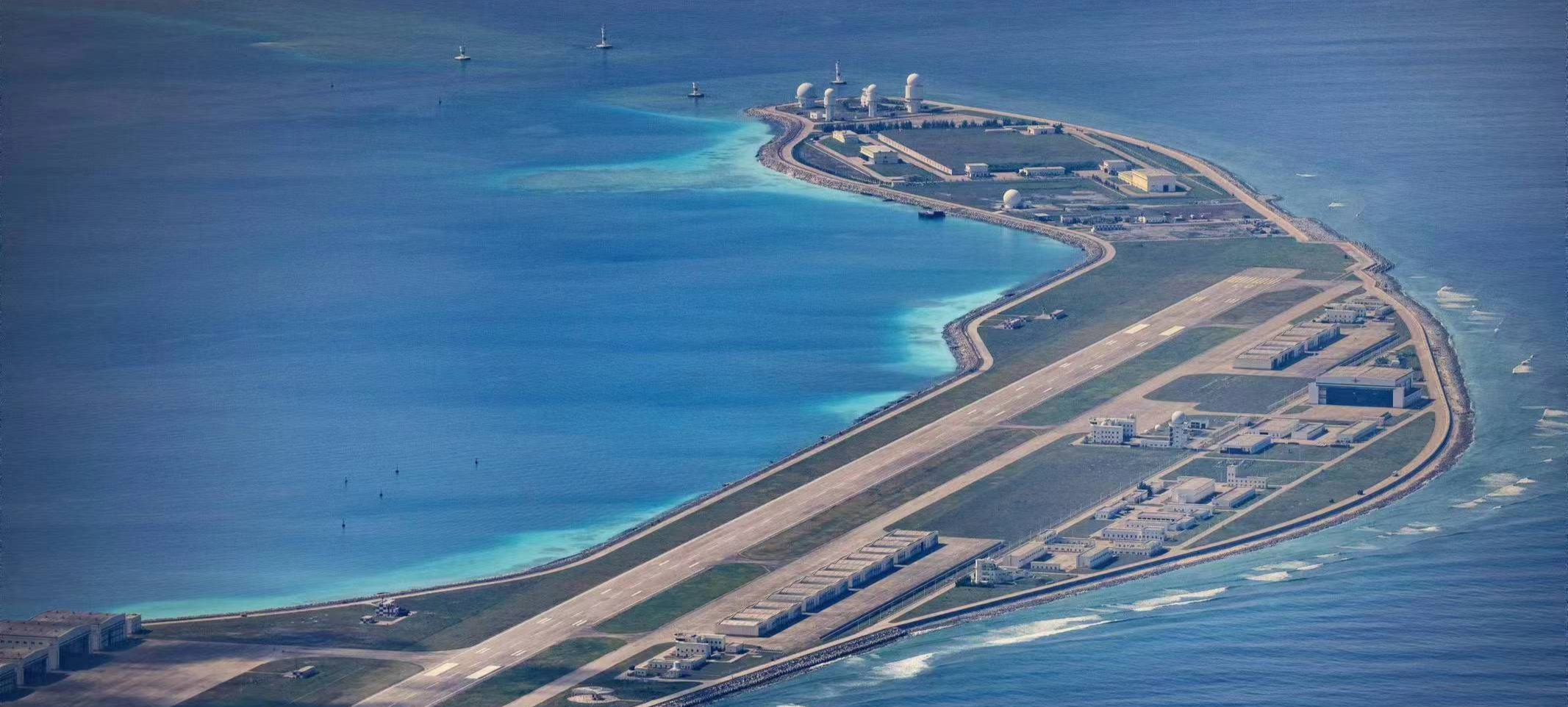
As one of the major global shipping lanes carrying an estimated $5 trillion in trade annually, control of the South China Sea waterway conveys economic might. It also holds powerful military advantage, with critical sea lanes linking the Pacific and Indian Oceans. Below the surface, vast potential energy reserves like oil and gas fields promise bountiful rewards.
China has started land reclamation work over a decade ago. Currently, China has constructed three major artificial islands – Meiji Island, Yongshu Island, and Zhubi Island, forming a strategic triangle.
China prioritized beginning construction at Meiji Reef first. Throughout the reclamation process, Meiji Reef continued expanding in size and scale, coming to be known as Meiji Island. It has grown to become the largest man-made island developed by China with modern amenities including cinemas, gyms, restaurants, schools, and residential complexes.
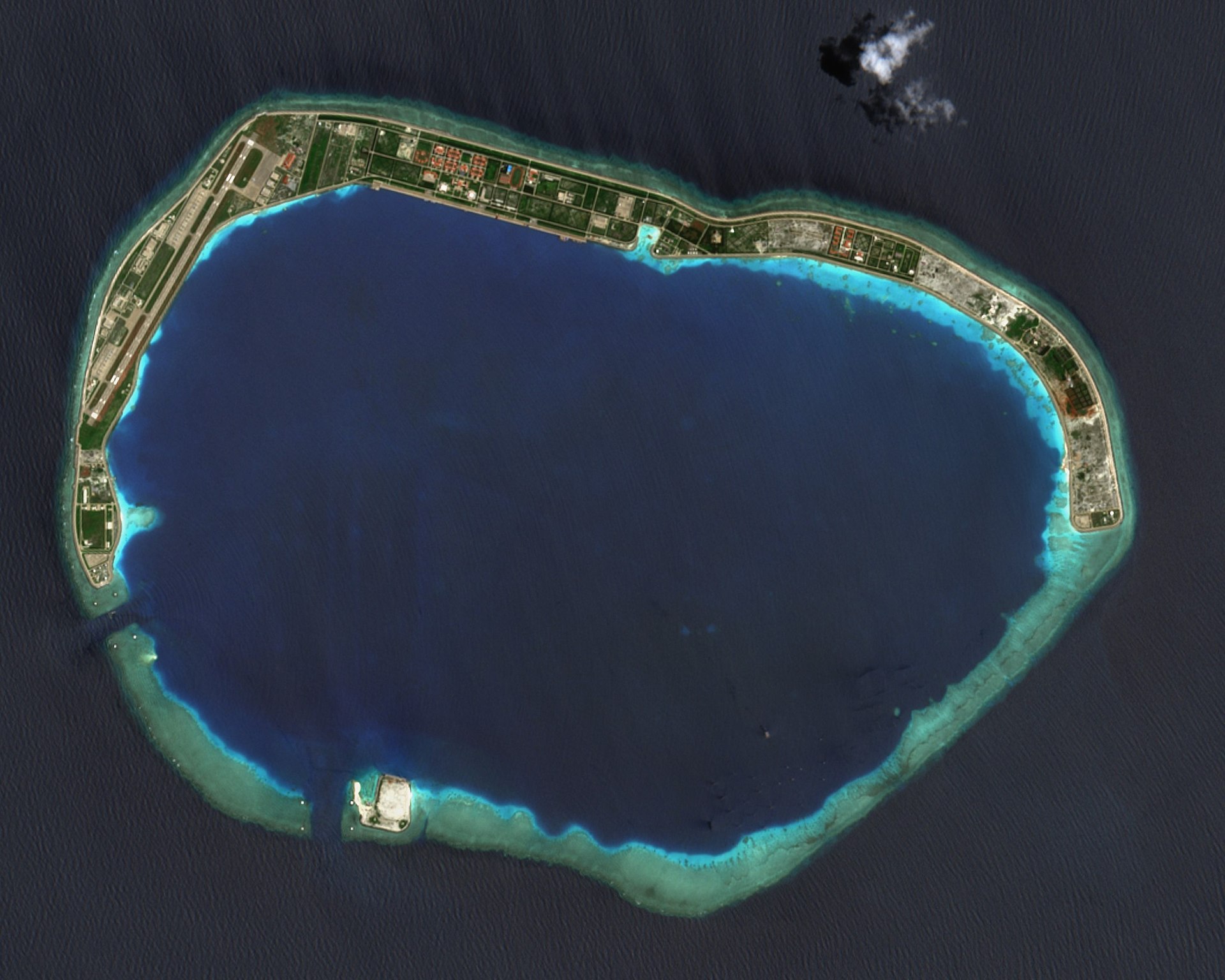
Today, Meiji Island is home to over 1,000 residents. Expanding infrastructure on islands in the region has become a strategic necessity, while the traditional reclamation method is not only limited by geographical conditions, but may also cause irreversible damage to the fragile marine environment. Therefore, tapping into underground space potential has emerged as the key to overcoming this constraint.
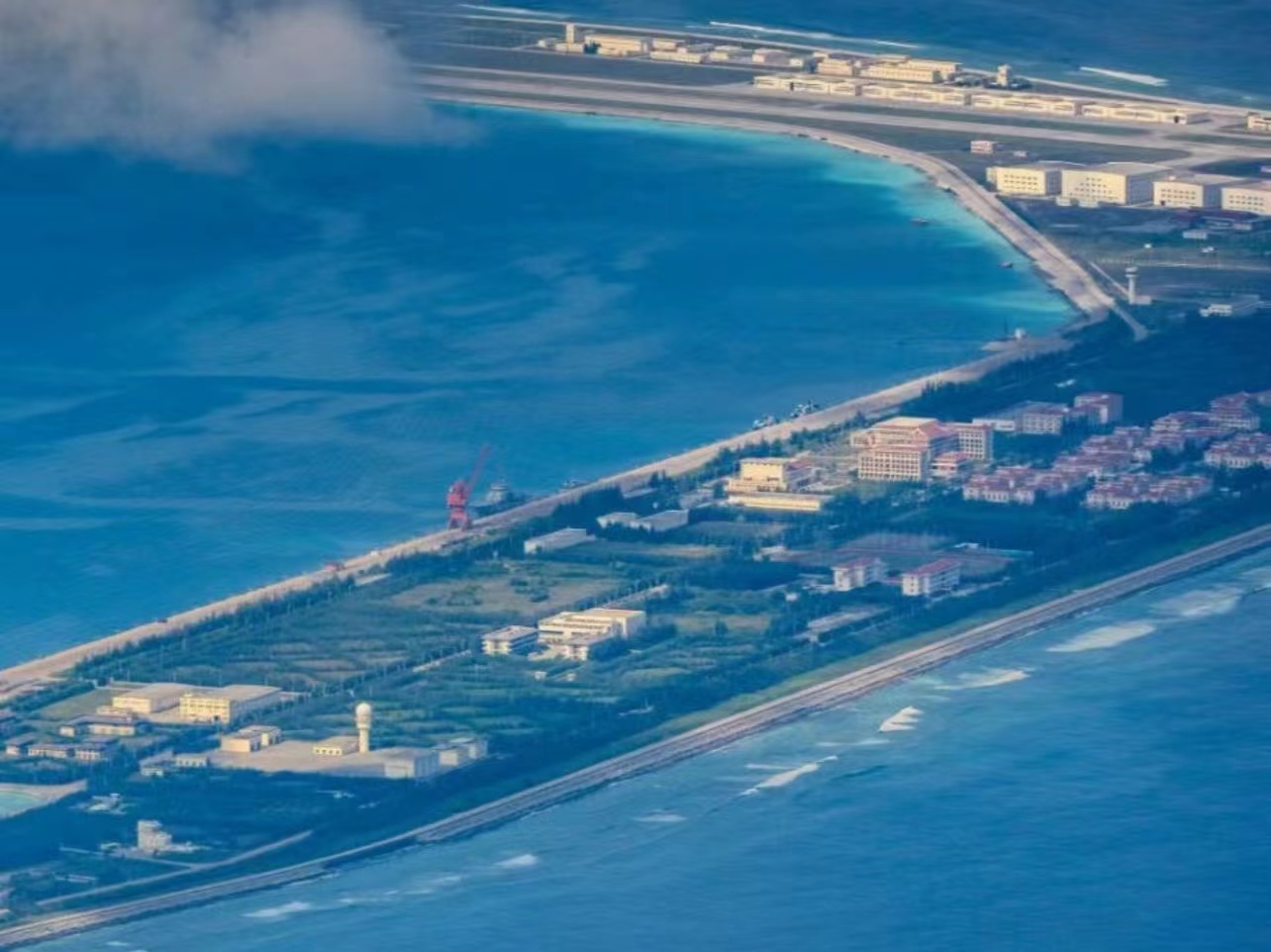
However, excavating stable and watertight tunnels on the soft coral reef foundation is far from easy. The nature of coral reefs means construction faces enormous risks of seepage and collapse. Facing such immense challenges, through repeated experiments and technological innovation, researchers from Ocean University of China developed an innovative technique that can both protect the stability of the reef surface and effectively prevent seepage and cave-ins.
To overcome the challenges, particularly the presence of weak coral sand layers, the researchers developed a special reinforcement technique called surface pre-grouting. Surface pre-grouting involves injecting a cement-like mixture (grout) into the ground before tunnel excavation begins. This strengthens the soil, making it more stable for construction. The researchers created a custom system to test and control this process precisely.
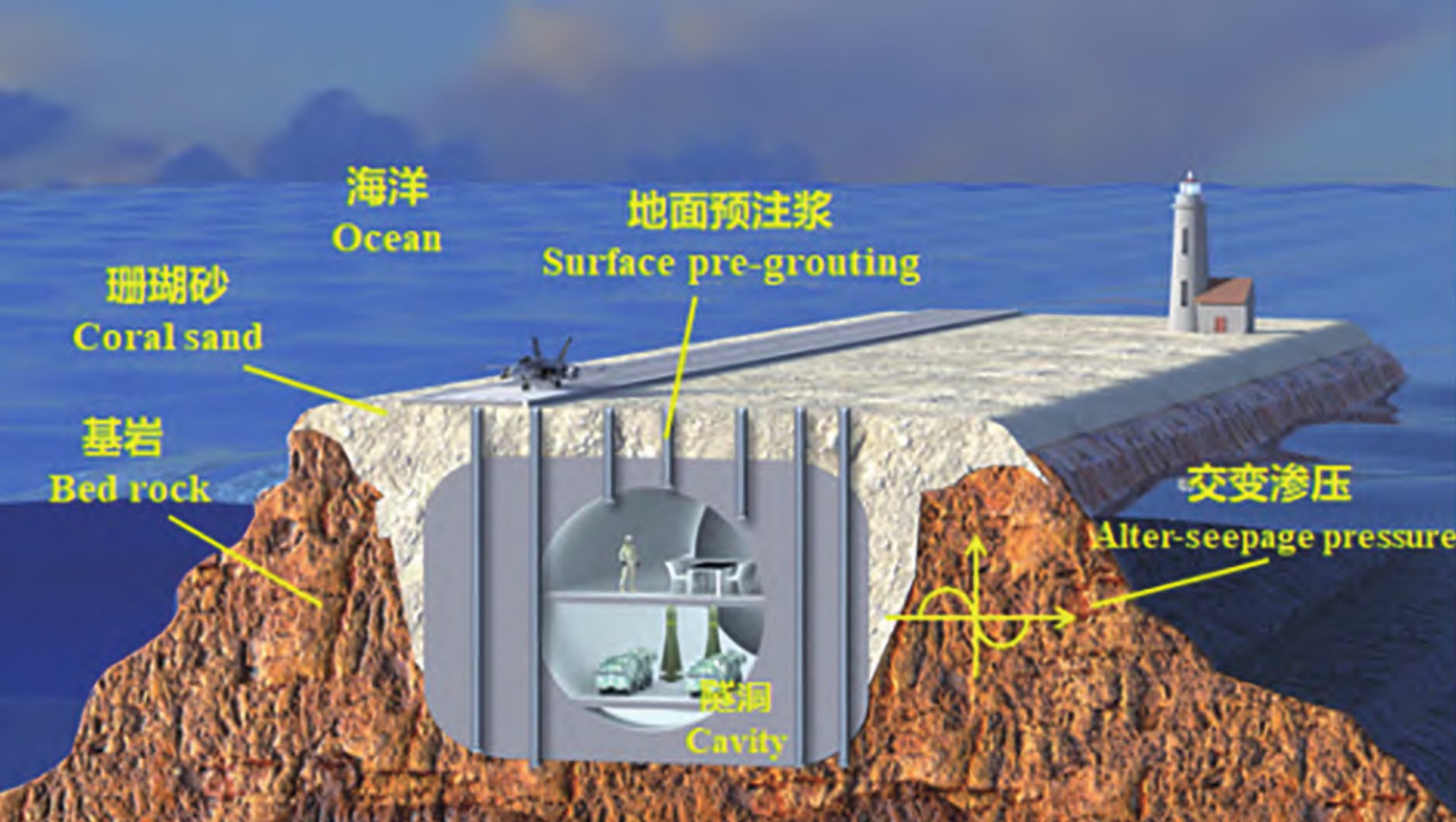
They conducted experiments to understand how the grout spreads through coral sand and found that using more water in the grout mix (higher water-cement ratio) and applying more pressure during injection both helped the grout spread further. Interestingly, when the water-cement ratio reached 2.0, the soil’s ability to let water pass through (permeability) increased dramatically.
The study then compared tunnel excavation in treated (pre-grouted) and untreated coral sand. They measured factors like:
· Surrounding rock stress: The pressure in the rock around the tunnel.
· Surface settlement: How much the ground above the tunnel sinks.
· Water inflow: How much water seeps into the tunnel.
Results showed that pre-grouting was highly effective. In areas treated with this method, surface settlement was reduced by an impressive 92.68% compared to untreated areas. Water inflow into the tunnel also decreased significantly, to just 0.3 milliliters per minute.
These findings are encouraging. They suggest that building tunnels beneath island reefs is feasible when using appropriate reinforcement techniques.
This breakthrough solution not only resolved technical difficulties, but also opened up limitless possibilities for multi-functional underground layouts, as depicted in the paper published in the Journal of Ocean University of China. The upper level could be used for housing and work spaces for island residents, while the lower level acts as a covert storage area for vital equipment, greatly enhancing the integrated defensive capabilities of the reef and improving living conditions.
The special climate in the South China Sea poses severe tests for equipment exposed externally, while underground facilities provide important protections. Extreme conditions such as high heat, humidity, salt fog and UV rays that degrade weapons and equipment are significantly mitigated underground, vastly extending equipment service life and maintenance intervals. Additionally, underground structures can effectively respond to natural disasters like typhoons to ensure resident safety and reduce impacts on island infrastructure.
While still theoretical, this concept’s potential strategic value should not be underestimated. Successful implementation could vastly increase reef defensive depth and concealment, and to some degree circumvent external reconnaissance—possessing even the ability to withstand intensive attacks. This would truly transform South China Sea reefs into unsinkable aircraft carriers.
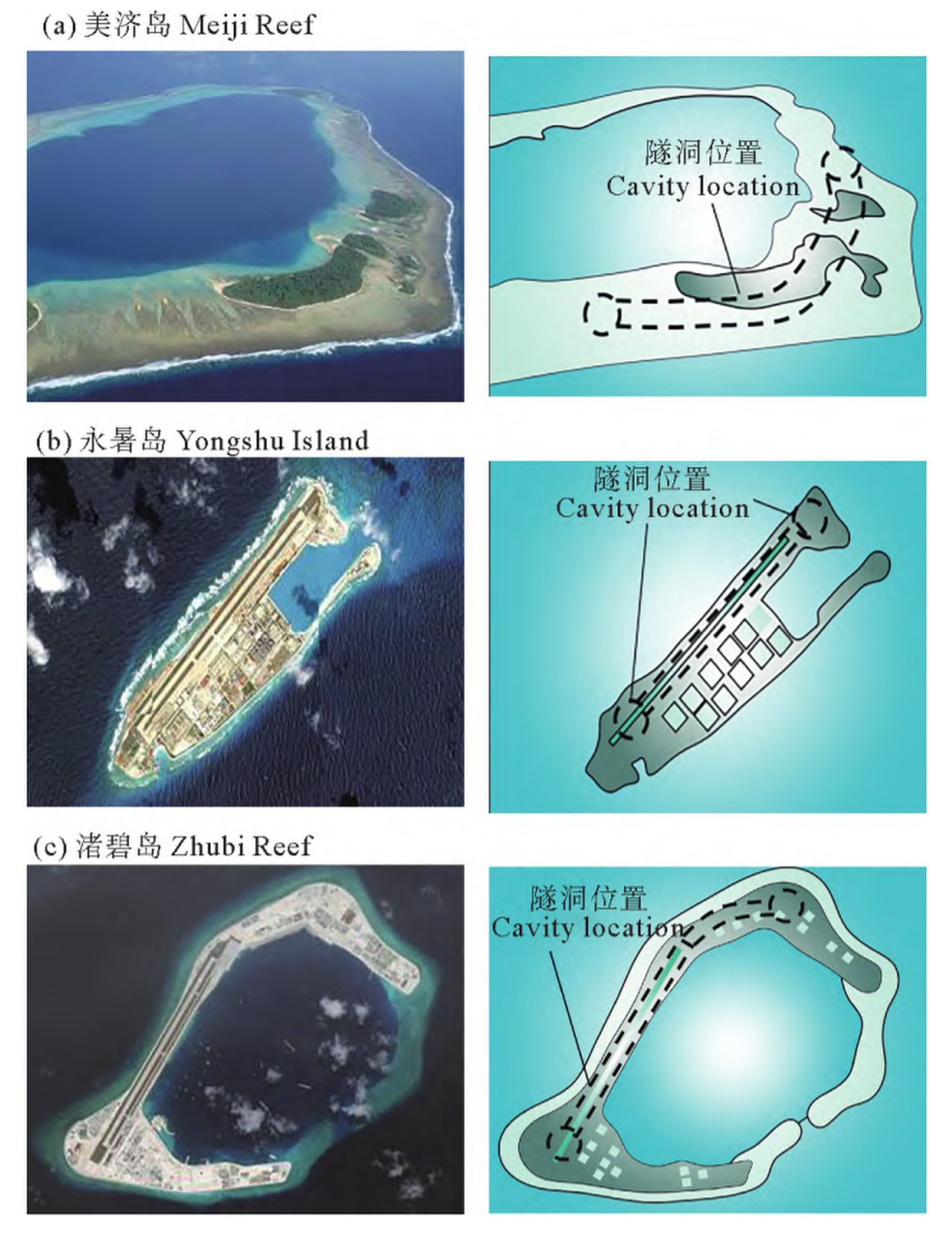
It’s important to note that this paper currently only provides specific underground development plans for the three crucial reefs of Meiji, Yongshu and Zhubi. As technology progresses and security requirements increase, the realization of this concept may not be too far in the distance. In future visions for the South China Sea, these reefs will not only form a powerful foundation for upholding peace and stability, but will also serve as a showcase for demonstrating China’s innovative spirit and engineering capabilities to the world.
Editor: zhaozhizhao



